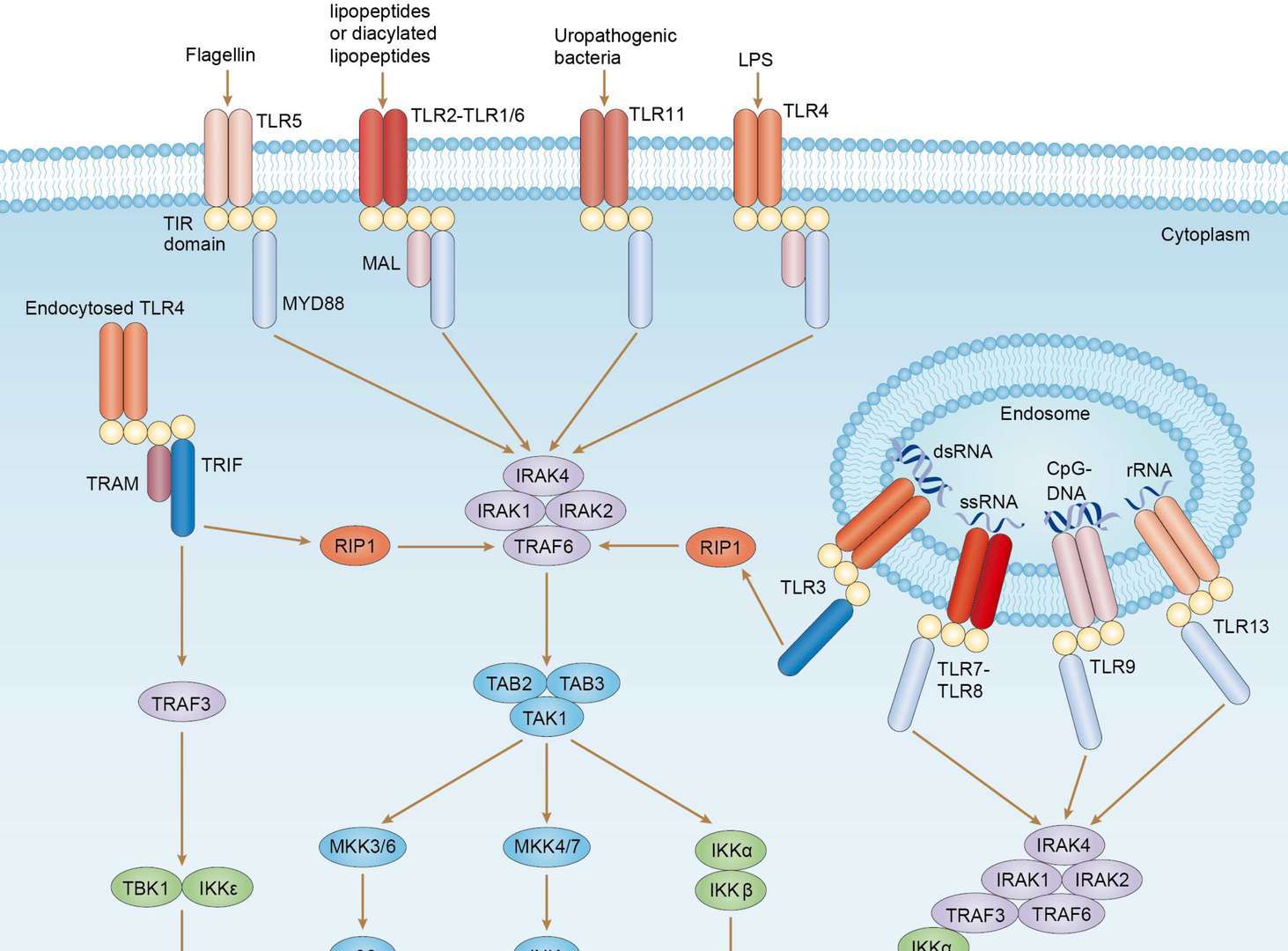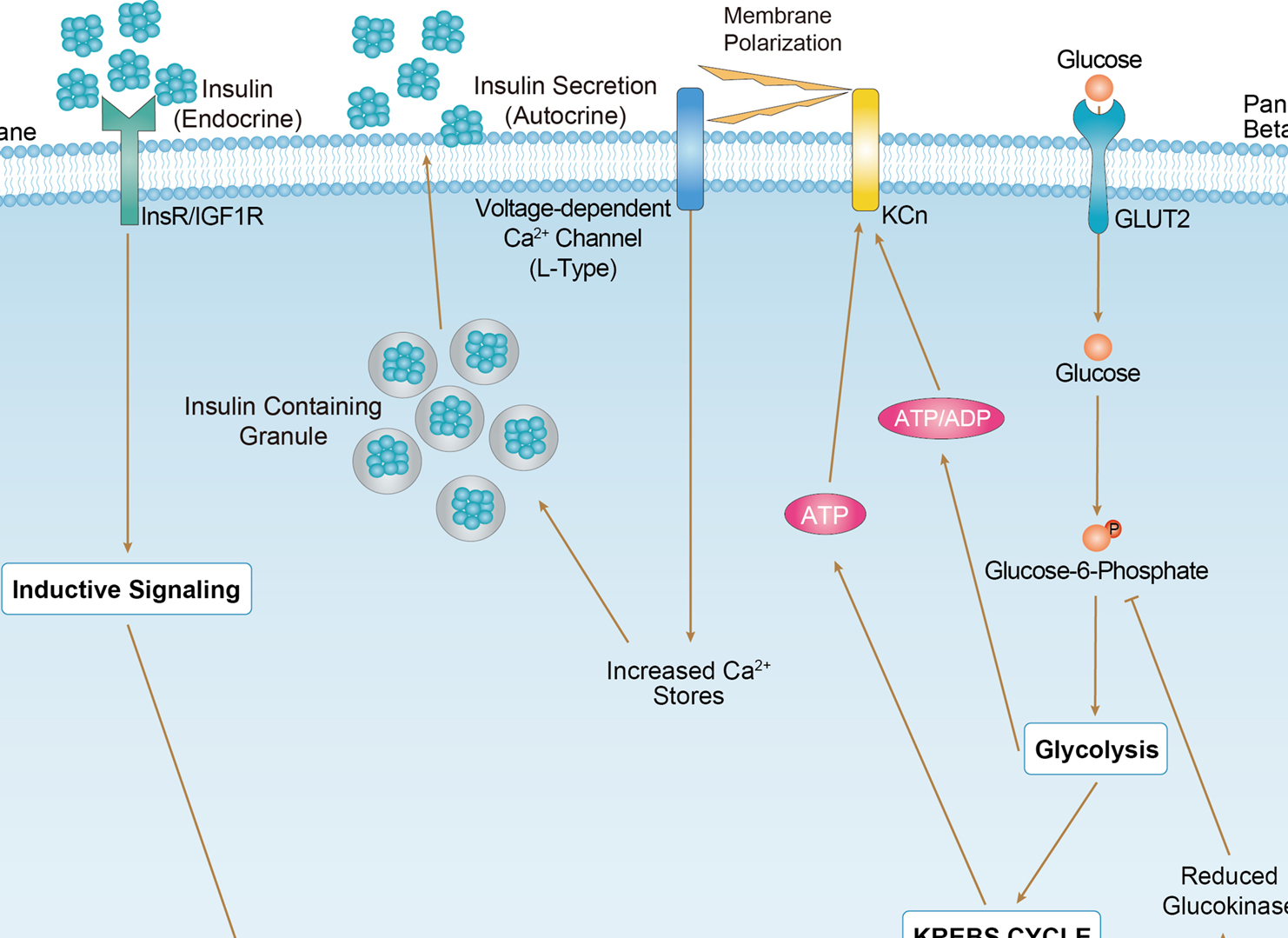 Loading...
Loading...

MYD88
Anti-MYD88 Recombinant Antibody Products
- AbPlus™ Anti-MYD88 Magnetic Beads (VS-0724-YC155) (VS-0724-YC155)
-
- Target: MYD88
- Target Species: Human
- Application: IP, Protein Purification
- Anti-MYD88 Immunohistochemistry Kit (VS-0325-XY1403)
-
- Species Reactivity: Human, Mouse
- Target: MYD88
- Application: IHC
-
- Species Reactivity: Human
- Type: Rabbit IgG
- Application: WB, ICC, IF, IHC-P, FC
Can't find the products you're looking for? Try to filter in the left sidebar.Filter By Tag
Our customer service representatives are available 24 hours a day, from Monday to Sunday. Contact Us
For Research Use Only. Not For Clinical Use.
Cancer-related genes, Disease related genes, Human disease related genes, Plasma proteins
Intracellular
Cell type enhanced (Kupffer cells)
Low immune cell specificity
Cell line enhanced (SK-BR-3)
Homodimer. Also forms heterodimers with TIRAP. Binds to TLR2, TLR4, TLR5, IRAK1, IRAK2 and IRAK4 via their respective TIR domains. Interacts with IL18R1. Interacts with BMX, IL1RL1, IKBKE and IRF7. Interacts with LRRFIP1 and LRRFIP2; this interaction positively regulates Toll-like receptor (TLR) signaling in response to agonist. Interacts with FLII. LRRFIP1 and LRRFIP2 compete with FLII for MYD88-binding. Interacts with IRF1. Upon IL1B treatment, forms a complex with PELI1, IRAK1, IRAK4 and TRAF6; this complex recruits MAP3K7/TAK1, TAB1 and TAB2 to mediate NF-kappa-B activation. Direct binding of SMAD6 to PELI1 prevents the complex formation and hence negatively regulates IL1R-TLR signaling and eventually NF-kappa-B-mediated gene expression. May interact with PIK3AP1. Interacts (via TIR domain) with DHX9 (via H2A and OB-fold regions); this interaction is direct (PubMed:20696886). Interacts with OTUD4 deubiquitinase; the interaction is direct (PubMed:29395066). (Microbial infection) In case of infection, interacts with uropathogenic E.coli protein TcpC; suppressing Toll-like receptor (TLR)-mediated cytokine production. (Microbial infection) In case of infection, interacts with uropathogenic E.faecalis protein TcpF; suppressing Toll-like receptor (TLR)-mediated cytokine production.

 TLR Signaling Pathway
TLR Signaling Pathway
 Maturity Onset Diabetes of the Young
Maturity Onset Diabetes of the Young